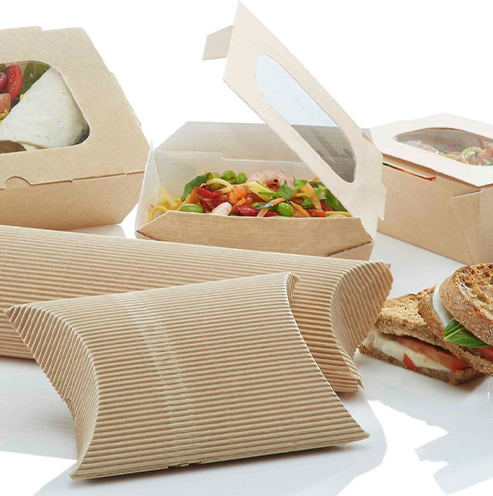Different Varieties of Packing Paper and Their Uses
Types of Packing Paper A Comprehensive Guide
Packing paper is an essential material in the world of shipping and packaging. It serves multiple purposes, from providing protection to items during transit to offering a sustainable option for various packing needs. Understanding the different types of packing paper can help businesses and individuals choose the right material for their specific requirements.
1. Kraft Paper
Kraft paper is one of the most commonly used packing papers due to its strength and durability. Made from wood pulp through a chemical process called the kraft process, this type of paper is highly resilient and can handle heavy items without tearing. Kraft paper is usually brown and, depending on its thickness, is suitable for wrapping, cushioning, and even void filling. Businesses often opt for recycled Kraft paper as an eco-friendly option that also offers adequate protection for products.
2. Newsprint
Newsprint is a low-cost packing paper that is primarily used for wrapping items and providing cushioning. It is made from recycled paper and has a lightweight quality, making it suitable for packing lighter objects. Newsprint is not as strong as Kraft paper but is effective for standard shipping needs and is often used by individuals for moving or storing fragile items. However, one downside is that newsprint can leave ink marks on items if they are wrapped for an extended period.
Butcher paper is thicker than regular paper and is used extensively in the food industry for wrapping and storing meats and other perishable items. It is also gaining popularity for crafting and packing purposes due to its rustic look and sturdiness. Butcher paper is generally uncoated, allowing it to breathe, preventing moisture buildup. This type of packing paper is ideal for items that need protection without being sealed off completely.
types of packing paper

4. Bubble Wrap Paper
While not traditional packing paper, bubble wrap paper combines the cushioning properties of bubble wrap with the more eco-friendly aspect of paper. This type of paper provides excellent padding for fragile items while being lightweight and easier to recycle than plastic bubble wrap. It is an ideal choice for businesses seeking sustainable packaging solutions without sacrificing item safety.
5. Colored Packing Paper
Colored packing paper is often used for decorative purposes, especially during holidays or special events. This type of packing paper can be used for gift wrapping, but it also allows for branding opportunities in packaging. Businesses may opt for colored paper to highlight their products aesthetically, and it can be used in retail environments to enhance visual merchandising.
6. Recycled Packing Paper
With the growing emphasis on sustainability, recycled packing paper is becoming a popular choice among environmentally conscious consumers and businesses. This paper is made from post-consumer waste and reduces the demand for virgin paper. It offers similar protective qualities as traditional packing paper but aligns better with eco-friendly practices.
Conclusion
Choosing the right type of packing paper is essential for ensuring that items arrive safely while also considering environmental impact. Whether opting for Kraft paper for strength, newsprint for cost-efficiency, or recycled paper for sustainability, understanding the unique qualities of each type can significantly influence the effectiveness of your packaging strategy. By selecting the appropriate packing paper, businesses and individuals can enhance their shipping processes while contributing to a greener future.
-
Self Seal Bags: Secure, Clear, and Customizable Packaging for Every IndustryNewsAug.15,2025
-
Paper Cups: Bulk Solutions for Events, Cafés, and Eco-Friendly ServiceNewsAug.15,2025
-
Laminated Bags: Durable, Customizable Packaging for High-Impact BrandsNewsAug.15,2025
-
Grocery Bags: Smart, Sustainable, and Scalable Solutions for RetailersNewsAug.15,2025
-
Drawstring Bags: Versatile, Customizable, and Cost-Effective for Bulk UseNewsAug.15,2025
-
Disposable Gloves: Wholesale Solutions for Safety, Hygiene, and EfficiencyNewsAug.15,2025
-
Have the freedom of customizing your custom mailers any way you want! Our dedicated packaging support will help deliver you the mailing experience you need to elevate your shipping experience to the next level! Start making a strong impression on your customers and stand out from your competitors! -
LIYA uses high quality raw materials which directly purchased from large enterprises domestic and overseas such as PetroChina, Sinopec, Sabic, Equate, ExxonMobil, Dow Chemical, Total, and Borouge, ensuring the price advantage and quality of the raw materials. -
LIYA uses high quality raw materials which directly purchased from large enterprises domestic and overseas such as PetroChina, Sinopec, Sabic, Equate, ExxonMobil, Dow Chemical, Total, and Borouge, ensuring the price advantage and quality of the raw materials.





